Can Cats Eat Foods With Vanilla? (Like Ice Cream for Example)
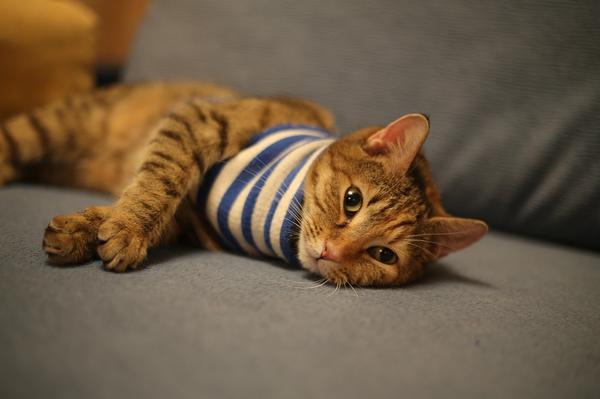
Just imagine:
You're baking a delicious, aromatic vanilla cake, and your furry feline friend saunters into the kitchen, tail swishing with curiosity.
Panic sets in. Is it safe for cats to have a taste of vanilla? 🐱
Worries start swirling inside your head faster than a squirrel on caffeine.
"Will it make them sick?" you wonder silently, your heart pounding.
Well, fear not, dear reader.
Today, I'll unravel the mystery and put your feline-related anxieties to rest.
So, join me as we uncover the truth about whether cats can indulge in a little vanilla goodness.
Let's begin, shall we?
Can Cats Safely Consume Vanilla Ice Cream Despite Lactose Intolerance?
You love treats, right?
Well, so do cats.
But can they handle vanilla ice cream with their lactose intolerance?
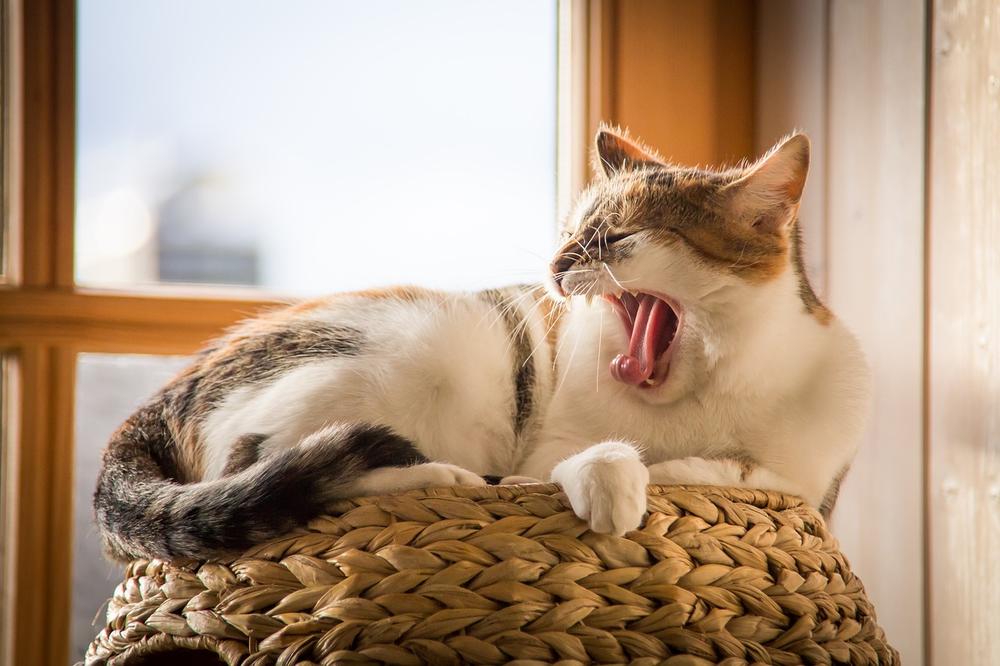
Let me break it down for you:
- Vanilla ice cream is a no-no for lactose-intolerant cats. It can upset their stomachs and make them intolerant to dairy. Poor little furballs.
- However, there's an alternative - lactose-free vanilla ice cream. Cats can have their own version of almond or coconut milk, just like us humans. It's a win-win.
- Most cats out there are lactose intolerant anyways. So don't even think about sharing your vanilla pudding cup with them. It's not their thing, unfortunately.
- If you do decide to treat your furry friend with some vanilla ice cream, be careful. Make sure it doesn't have any harmful stuff like raisins, chocolate, or macadamia nuts. Keep those goodies away, pal.
So that's the deal when it comes to cats and vanilla ice cream. Remember, moderation is key, and always prioritize your fur baby's health and well-being. 😺
Well, I know you're probably wondering if cats can actually taste vanilla.
And guess what?
You might be surprised by what I'm about to tell you!
Can Cats Taste Vanilla?
Some people say cats can’t taste anything sweet, but their tastebuds are actually quite amazing.
Cats have specific taste receptors that allow them to detect flavors beyond what humans can perceive.
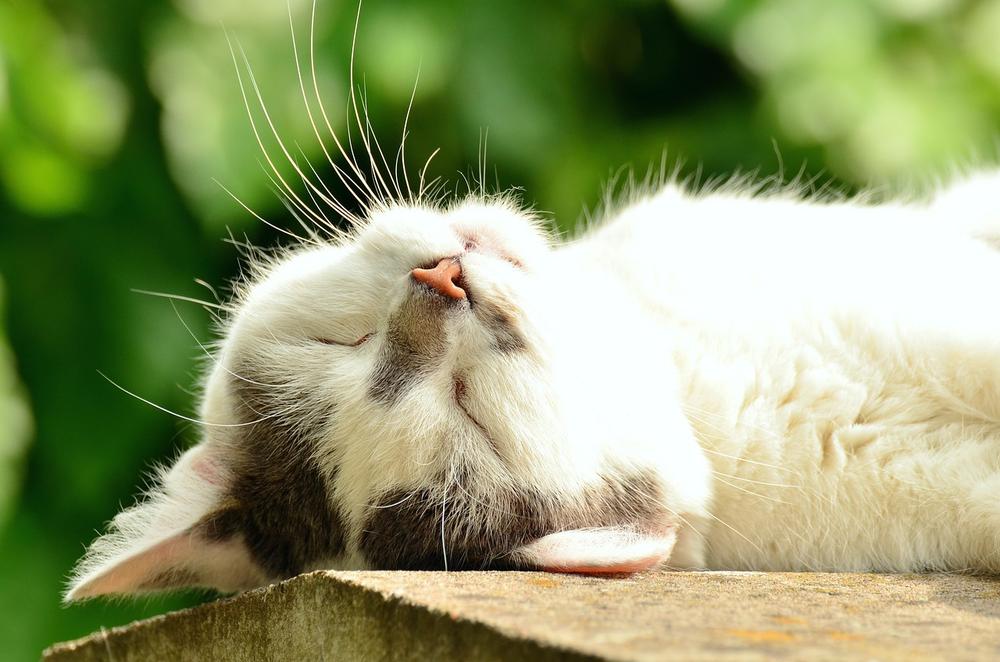
Anecdotal evidence even suggests that some cats can taste vanilla, a flavor that is typically associated with sweetness for us. It’s fascinating to think about how these little furry creatures experience the world in their own distinct way.
While they may not enjoy a sugary treat like we do, they can still savor a range of other flavors.
Next time you see your cat nibbling on something, remember they’re tasting a whole different world than we are.
Do Cats Like Food With Vanilla in It?
Do cats actually like food with vanilla in it?
Well, it's not so clear-cut.
Some cats might dig the taste of vanilla-flavored grub, while others won't give a whisker.
It all boils down to each cat's own taste buds!
But if you want to try out some vanilla-infused dishes and see if your furry buddy is into it, here are a few things to please bear in mind:
- Start slow: Ease your cat into vanilla-flavored foods by giving them small amounts at first.
- Watch their reaction: Pay attention to how your cat responds to the new flavors. Are they jazzed or uninterested?
- Dabble with textures: Some kitties might be attracted to the texture of vanilla-flavored foods more than the actual taste. Experiment with different textures to see which your cat prefers.
- No need to push it: If your cat doesn't seem thrilled with the idea of vanilla, no worries! Everyone has their own quirks when it comes to chow time.
- Talk to your vet: If you're concerned about adding vanilla to your cat's diet, it's always wise to chat with your veterinarian beforehand.
Each cat is unique, so take the time to understand your feline friend's personal preferences and tastes.
Wanna know MORE? Further down the blog post, I'll be discussing the potential dangers of vanilla for cats, including toxicity and consumption risks. So, keep reading to ensure your feline friend stays safe and healthy.
And it gets even more interesting...
What about adding small amounts of vanilla to catsafe homemade recipes or mixing a pinch into their regular diet?
Let's delve into the safety aspect and discover whether this delightful flavoring can be enjoyed by our feline friends...
Safe Amount of Vanilla for Cats to Consume
Adding vanilla to your cat's diet
So, you're curious if it's safe to give your fluffy companion some vanilla.
Well, let me explain!
Yes, vanilla is generally considered safe for cats in small amounts.
It's just a flavor, really, and won't harm their health.
However, always go slow and introduce new foods gradually when it comes to your furball.
This way, you can observe how they react and avoid any potential tummy troubles.
How to give your cat a taste of vanilla
If you want to treat your kitty with homemade recipes or add a hint of vanilla to their regular food, why not?
Just make sure that you keep the amount minimal.
But bear in mind that vanilla-flavored goodies should be given sparingly. Too much sugar can lead to weight gain and health issues – not good for your feline friend or yourself.
So no, don't let your furry buddy have vanilla ice cream every day.
Limits when it comes to vanilla and cats
While vanilla is generally safe, you should be cautious.
Pay attention to any unusual signs like throwing up, diarrhea, or changes in behavior when introducing vanilla into their diet.
And hey, consult your veterinarian before making any changes to Fluffy's menu.
They know your little bundle of joy best and can offer tailored advice to fit their needs.
Potential Dangers of Vanilla for Cats: Toxicity and Consumption Risks
Dangers of Vanilla for Cats:
Is it Safe?
Let me tell you straight up, vanilla can be dangerous for cats.
You know those vanilla-flavored things you love?
Well, they might contain some seriously harmful stuff that your kitty should stay away from.
So, if you're thinking of giving your feline friend any processed food with vanilla, think again.
Chocolate, raisins, artificial sweeteners, and macadamia nuts are a big no-no.
I'm not kidding, it's for their own safety.
But hold on tight because there's more!
It's not just about food; even vanilla sprays and perfumes can pose a threat to your cat.
Sure, they'll smell nice, but they could harm their precious digestive and nervous system with hidden toxins.
Now, let's talk about baked goods and desserts.
The good news is that vanilla itself is generally non-toxic for cats in these treats.
But don't let your guard down just yet.
Always ensure there aren't any other harmful ingredients like chocolate, nuts, or artificial sweeteners lurking around.
You can never be too cautious when it comes to your furry companion, right?
Now, let's get real about vanilla extract.
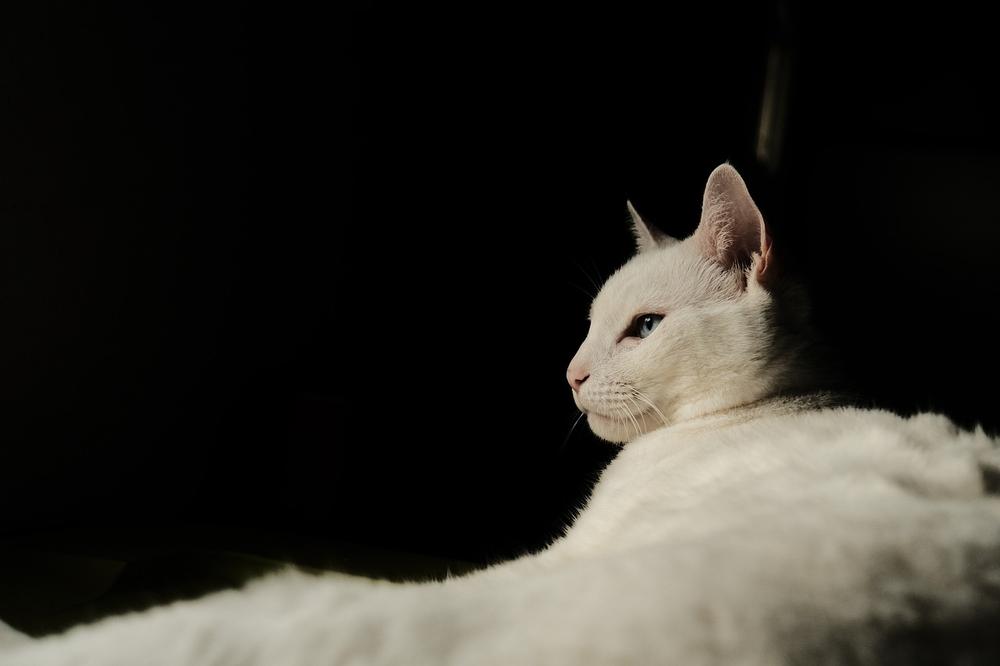
Whether it's the real deal or artificial, both types contain alcohol that is toxic to cats.
We definitely don't want any tipsy cats running around, do we?
And listen closely now!
There are even more potentially dangerous ingredients to watch out for.
Raw eggs and alcohol from vanilla extract can spell trouble for your little fur baby.
Stay on high alert!
Oh, and here's another thing you might not have considered - vanilla beans themselves.
While they may seem harmless, they can actually present a choking hazard for cats.
So, it might be best to limit or avoid foods with vanilla altogether.
If your cat happens to ingest some vanilla and shows any signs of distress afterwards, don't waste time.
Hurry up and take them to the vet right away.
Vomiting, diarrhea, stomach issues, itchiness, difficulty walking, depression, seizures, lack of coordination, or a loss of their sense of smell?
Not good news at all, my friend.
It's better to be cautious than regretful, so get that expert opinion without delay.
And speaking of curious felines, you might be wondering about another popular treat: Oreos.
Well, I'm here to tell you that I've got just the thing for you.
If you want to know whether it's safe for cats to indulge in Oreos, and learn all about the potential risks associated with it, then look no further than my blog post titled Can Cats Eat Oreos.
Trust me, you won't want to miss out on this important information.
Check it out now!
Alternatives to Vanilla for Cats
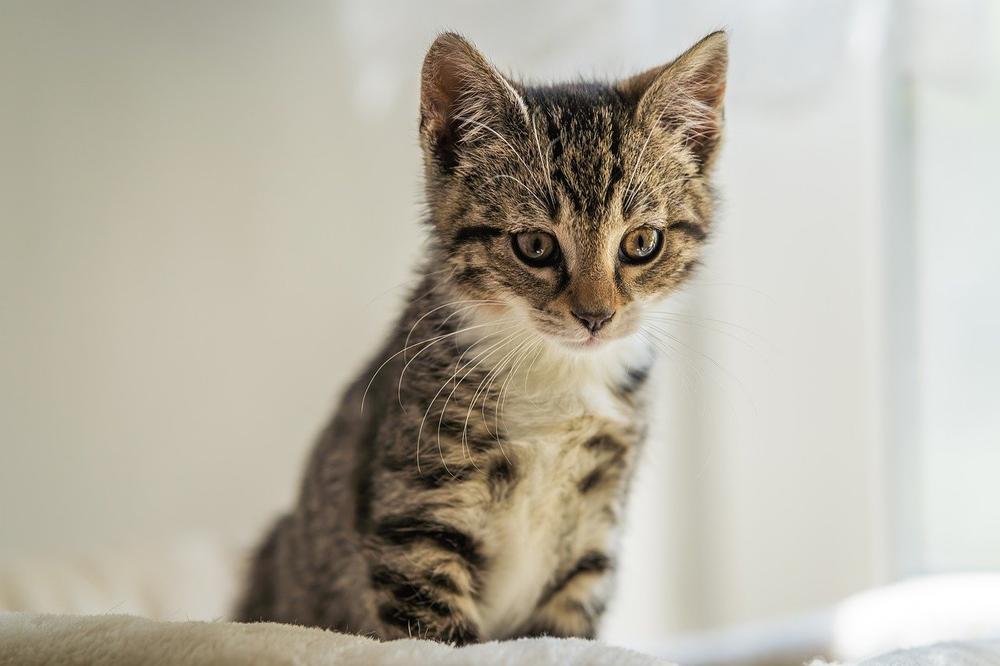
When it comes to giving your cat something other than vanilla, you have a few options:
- Catnip: This herb is known to stimulate cats and make them feel good. It comes in different forms like dried leaves or toys made specifically for cats.
- Valerian root: Like catnip, valerian root can give cats a sensory experience. It has a strong smell that many cats find attractive. Some cats might relax while others might become more playful when exposed to valerian root.
- Check the ingredient list: If you're using products with vanilla, always check for added sugars or harmful ingredients. Don't give your cat anything with artificial sweeteners because they can be dangerous.
- Vanilla in yogurt: Vanilla is safe for cats in yogurt, but make sure there are no extra things added, especially artificial sweeteners. A little hint of vanilla flavor in plain yogurt can be a nice treat for your furry friend.
Experiment with these alternatives to enhance your cat's senses safely, eliminating the possible risks linked to vanilla. 🐱
Last word
Summary Takeaways:
- Vanilla ice cream and dairy-containing pudding may cause stomach upset for cats.
- Cats may have varying preferences for the taste of vanilla.
- Introduce vanilla to your cat's diet slowly and in small quantities.
- Vanilla is safe for cats to consume in small amounts.
- Be cautious of harmful ingredients in vanilla-flavored items.
- Vanilla sprays, perfumes, and extracts can be toxic to cats.
- Check for harmful additives in vanilla foods, such as chocolate, nuts, and artificial sweeteners.
- Vanilla extract contains alcohol, which is toxic to cats.
- Keep vanilla fragrance, scents, essential oils, and extract out of reach.
- Check the ingredient list of products containing vanilla for added sugars or harmful ingredients.
And that wraps up today's article.
Before you leave, can I ask you something? Did my blog post help you out? If it did, I would truly be grateful if you shared it with your loved ones. Just click on one of the social media sharing icons to easily share. Thank you so much!
Talk soon,
-Sarah Davis